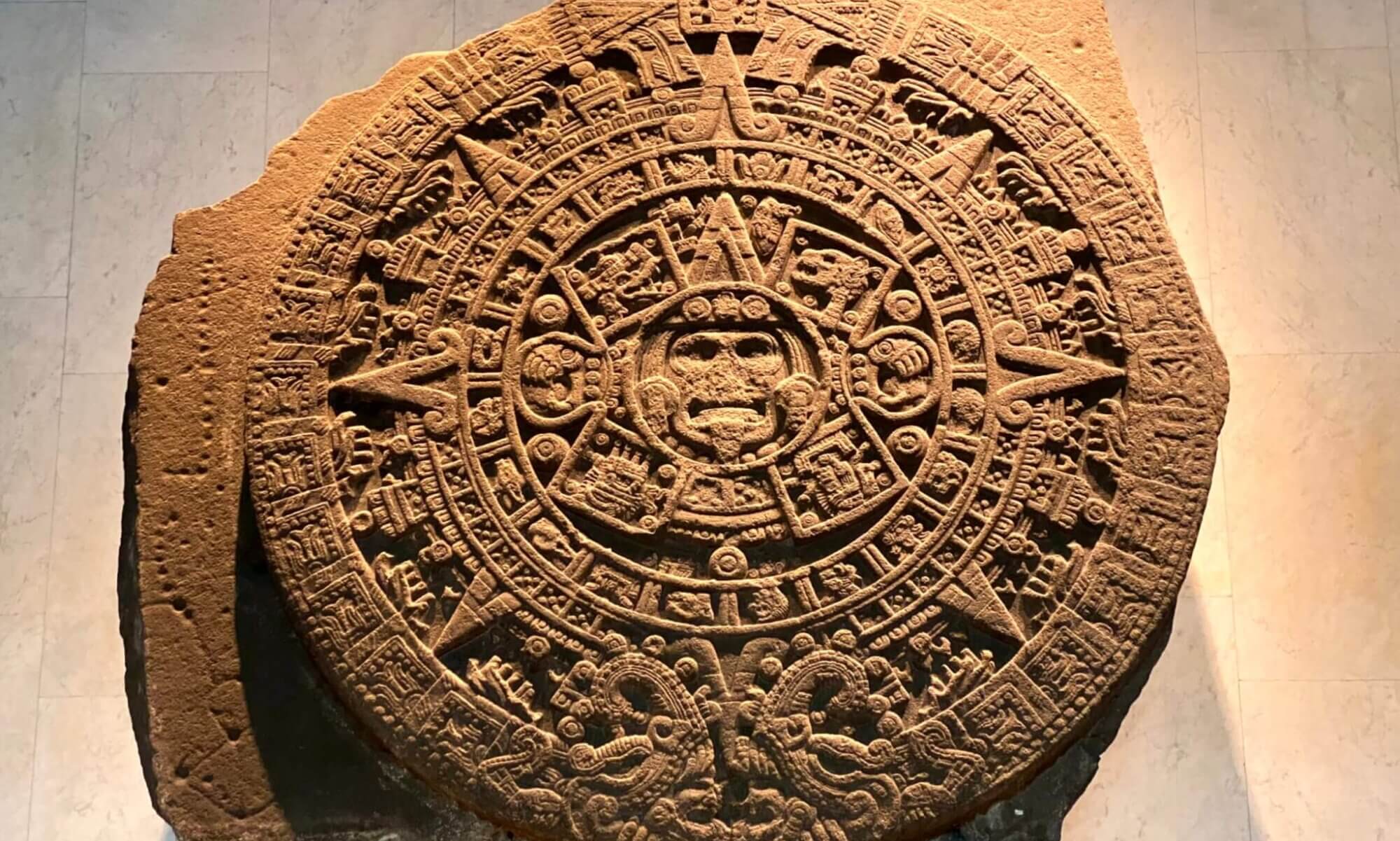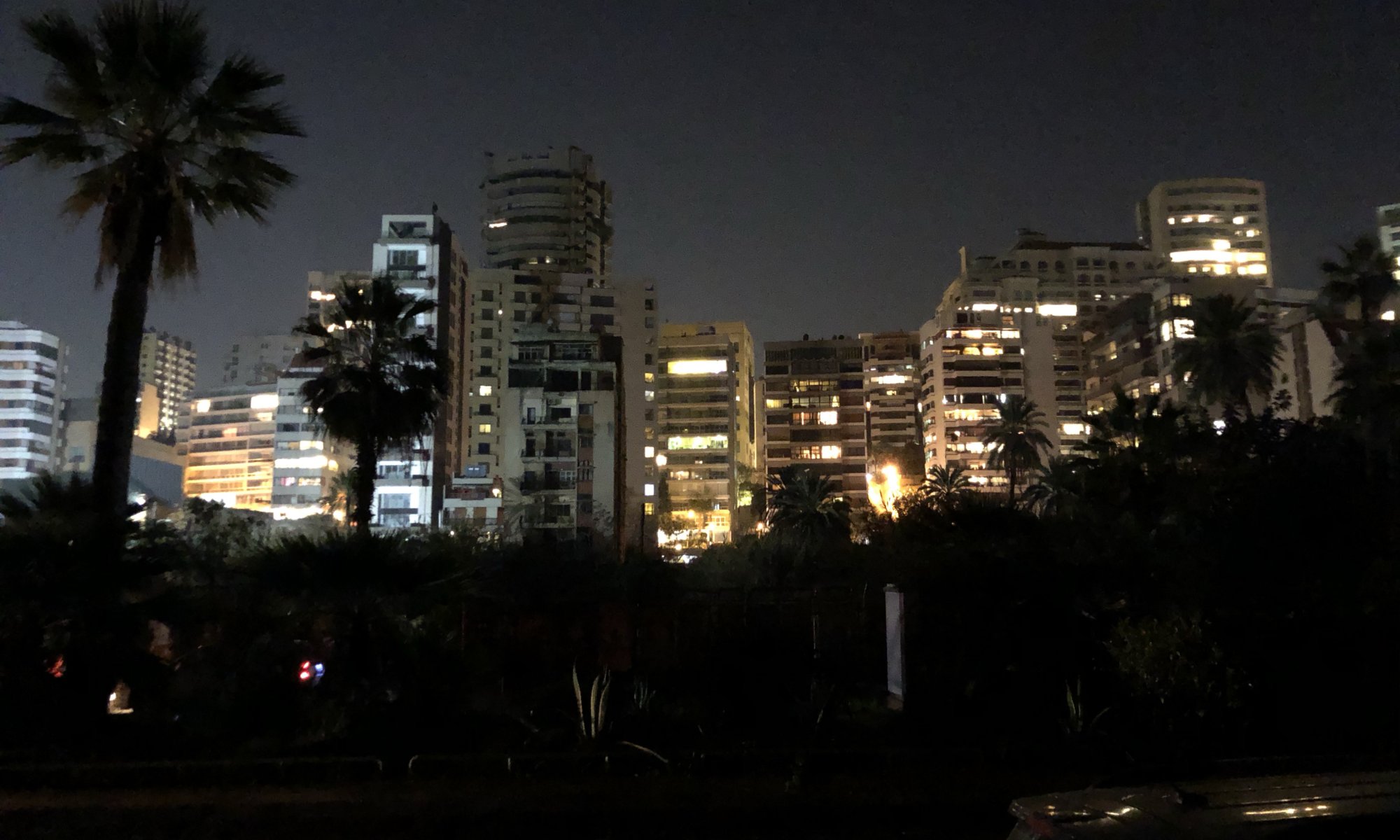The question most often asked while I was preparing for my visit to Lebanon was: Why? Why should one go to a country that is in Europe mostly connected with war and acts of terror? I had not one clear and good reason for this but a bunch of minor ones: I had travelled throughout Israel and when arriving at the border to Lebanon I was unhappy that there was no chance to pass. I had contact with many different persons in Germany that had fled from Lebanon because of the civil war, I had read so much about the conflicts in this region. I enjoyed Lebanese food at home and wanted some more. And I simply wanted to see how life is like in this region of the world. And then there is Beirut – a city once called the Paris of the Middle East; doesn’t that sound inviting?
You can’t understand the situation of Lebanon without looking into its past: until the end of World War I it was part of the Ottoman Empire. Together with Syria, Palestine, Jordan and Iraq, it came under new reign. For Syria and Lebanon, the League of Nations gave a mandate to France to create new states there. Lebanon was supposed to be a Christian/Maronite state but the conflict between Palestine and Israel later turned it into a state with a Muslim majority by a massive amount of refugees. That and the permanent influence of its neighbour states created long-lasting conflict potential.
When I came to Lebanon the people were protesting on a daily basis against corruption, economic turndown, daily electricity outages, the political elite and a system that assigns governmental positions and the number of seats in the parliament by religion. The city centre was partially inaccessible because of three rings of barricades erected by the army, massive military on the streets, extreme usage of barbed wire and temporary road blockades by Hezbullah and other groups. It felt strange that taxis bringing me to my hotel were checked with mirrors from underneath but during my stay, I never felt unsafe.
Because of this special situation, I couldn’t visit all the important places in Beirut. But you forget about this when you see the real problems of the country. Six million people are living in Lebanon, a lot of them refugees from Palestine, but currently also 1.7 million refugees from Syria. When driving through the Beqaa valley you’ll see how they live in improvised tents. The state pays for electricity and schooling, private organisation try to organize humanitarian help and the refugees try to work for low wages for farms nearby. Lebanese and Syrians still today see themselves as brothers and can move freely and work in both countries (with Syria beeing the poorer one).
Lebanon is non-representative for the Middle East. There are no deserts in the country but high mountains guaranteeing enough reign und giving the opportunity to go skiing. In the Beqaa valley, all kinds of fruits and vegetables can be grown. But it is also a rather expensive country which has some challenges for travellers – this starts with the fact that there are nearly no guidebooks available. Spoken languages are Arabic and French, but often you can also use English. Currency is the Lebanese pound bound to the US Dollar (who is also widely accepted). Getting around is easy if you know how to use the Uber smartphone app with its fixed prices – taxis might charge you five times higher.
I arrived by plane at the Rafic Hariri International Airport after a short stop at the new airport of Istanbul, Turkey. Because of the protests by that time I decided to stay at the Coral Beach Hotel and Resort a little bit outside in the south. It was a nice hotel with access to the sea but on some days I had the feeling of being the only guest in this big hotel complex. I enjoyed the wonderful national museum of archaeology and was surprised by beautiful stones at the minerals museum (MIM). I, unfortunately, missed some museums like the Sursock museum for modern art, the archaeological museum near Place de l’Etoile and the museums at the American University of Beirut (AUB). Seems like a need to return once awhile. In the city centre I explored the new Mohammad Al-Amin Mosque, watched life on the Martyrs’ square and went shopping at the Beirut Souks. I enjoyed bars and coffee bars at Mar Mikhael in the Armenian quarter and walked along the Corniche to the iconic Pigeons‘ rocks. I couldn’t visit the complete city and Beirut isn’t obviously anymore the Paris of the Middle East – but it is a wonderful city with an interesting history to search for.
The foreign ministry of Germany asked tourists to avoid travelling from and to Beirut. But I don’t really understand why – as it was far away from being dangerous and I would have missed a lot. I booked day trips with three different travel agencies over the Internet. Surprisingly it were every day the same drivers and the same tourists on-board. That tells quite a lot about off-season tourism in Lebanon. 😉 With small groups consisting of (really funny!) people from all around the globe I visited the famous Jeita grotto (a vast flowstone cave), the holy site in Harissa (with one of the Cedar trees shown on the flag and the most exiting cable car ride ever) and the crusader castle in the ancient harbour city of Byblos. I travelled to the Beqaa valley and visited the Umayyad city ruins and the old temples of Baalbek – both UNESCO World Cultural Heritage sites. I tasted the wine they produce in this region. And there would have been so much more to see in this rather small country.
روت
Lebanon
Loading map...


